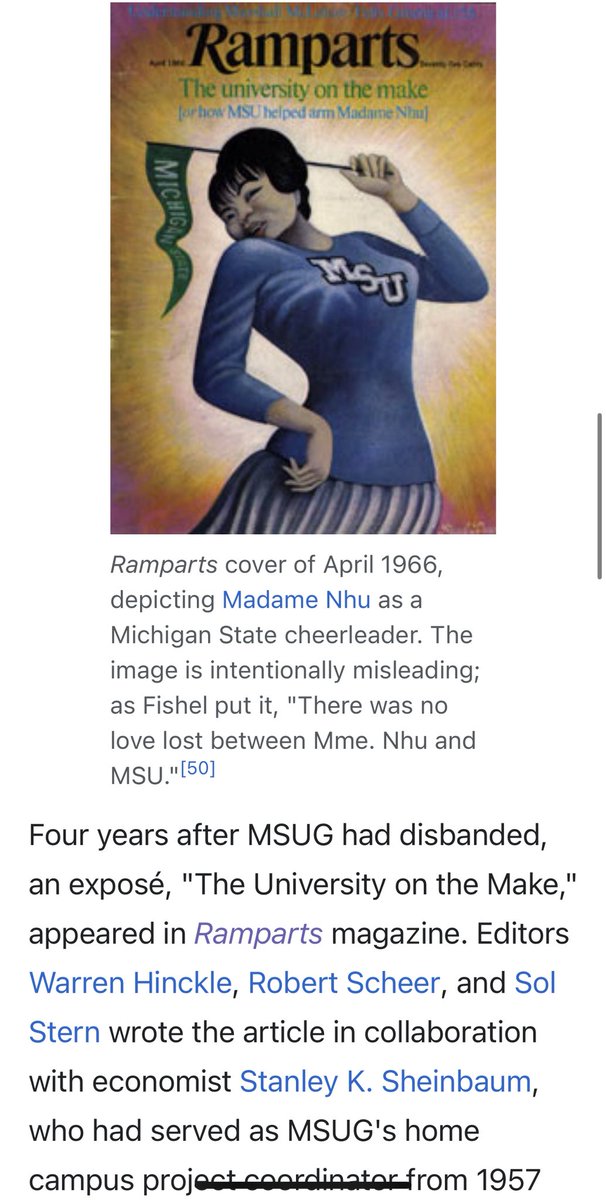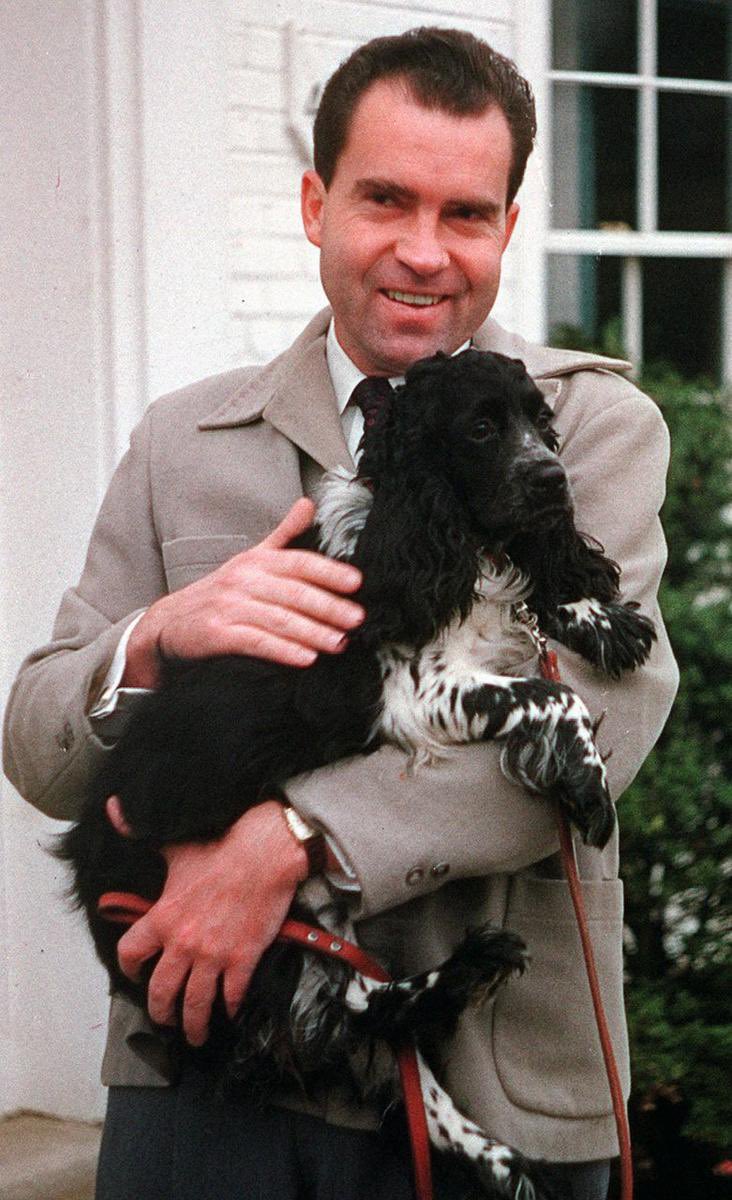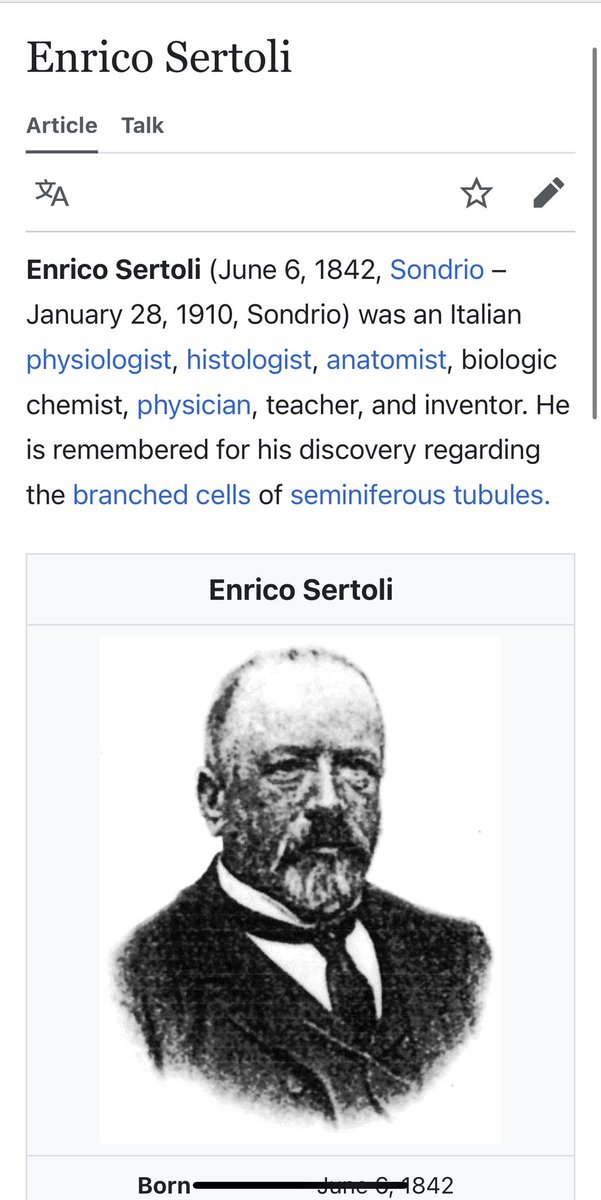"We are going to the border, we’ve been to the border. So this whole – this whole thing about the border, we’ve been to the border, we’ve been to the border," Harris said
"You haven’t been to the border," Oprah shot back.
"And I haven’t been to Europe, and I don’t understand the point that you’re making," Kamala corrects definitively 

"I’m not discounting the importance of the border," Madame Vice snorts.
Emhoff began his career as an entertainment lawyer. He was managing director of Venable's West Coast offices and later became a partner at DLA Piper. He is also a distinguished visiting professor at Georgetown University Law Center. 







Blanchard served on the board of Canadian pipeline corporation Enbridge for over 10 years and advised them following the 2010 Kalamazoo River oil spill. The company was initially incorporated by Imperial Oil as Interprovincial Pipe Line Company (IPL) on April 30, 1949, after
Canada's first major oil discovery, in 1947, at Leduc, Alberta. On September 6, 2016, Enbridge agreed to buy Spectra Energy in an all-stock deal valued at about $28 billion.[15] Spectra, headquartered in Houston, Texas, operated in three key areas of the natural gas industry: 







transmission and storage, distribution, and gathering and processing. Spectra was formed in late 2006 as a spin-off from Duke Energy. Spectra owned the Texas Eastern Pipeline (TETCo), a major natural gas pipeline transporting gas from the Gulf of Mexico coast in Texas to the 







The company is the largest transporter of crude oil in Canada with 3 million barrels per day of oil and liquids.[6] The Enbridge Pipeline System is the world's longest crude oil and liquids pipeline system, located in both Canada and the United States. 







Enbridge Energy’s Line 5 transports more than half a million barrels a day of oil and natural gas liquids through Canada and the Great Lakes region. Late last year Ms. Whitmer moved to revoke and terminate an easement that lets the pipeline operate for 4.5 miles across the 

Straits of Mackinac. She’s seeking a state court injunction to force Enbridge to shut down Line 5 and “permanently decommission” the pipeline. Rakolta is a resident of Bloomfield Hills, Michigan. She is married to John Rakolta, the former CEO of Walbridge, and the General Consul 

for Romania's Honorary General Consulate in Detroit[2] who served as Ambassador to the United Arab Emirates during the Trump administration.
Rakolta's sister, Ronna Romney, is a Republican political activist and radio talk show host who was formerly married to G. Scott Romney,
Rakolta's sister, Ronna Romney, is a Republican political activist and radio talk show host who was formerly married to G. Scott Romney,
the son of former Michigan governor George Romney and brother of former Massachusetts governor and current Senator Mitt Romney. He applied BCG principles such as the growth-share matrix, and executives viewed him as having a bright future there. At BCG, he was a colleague of 



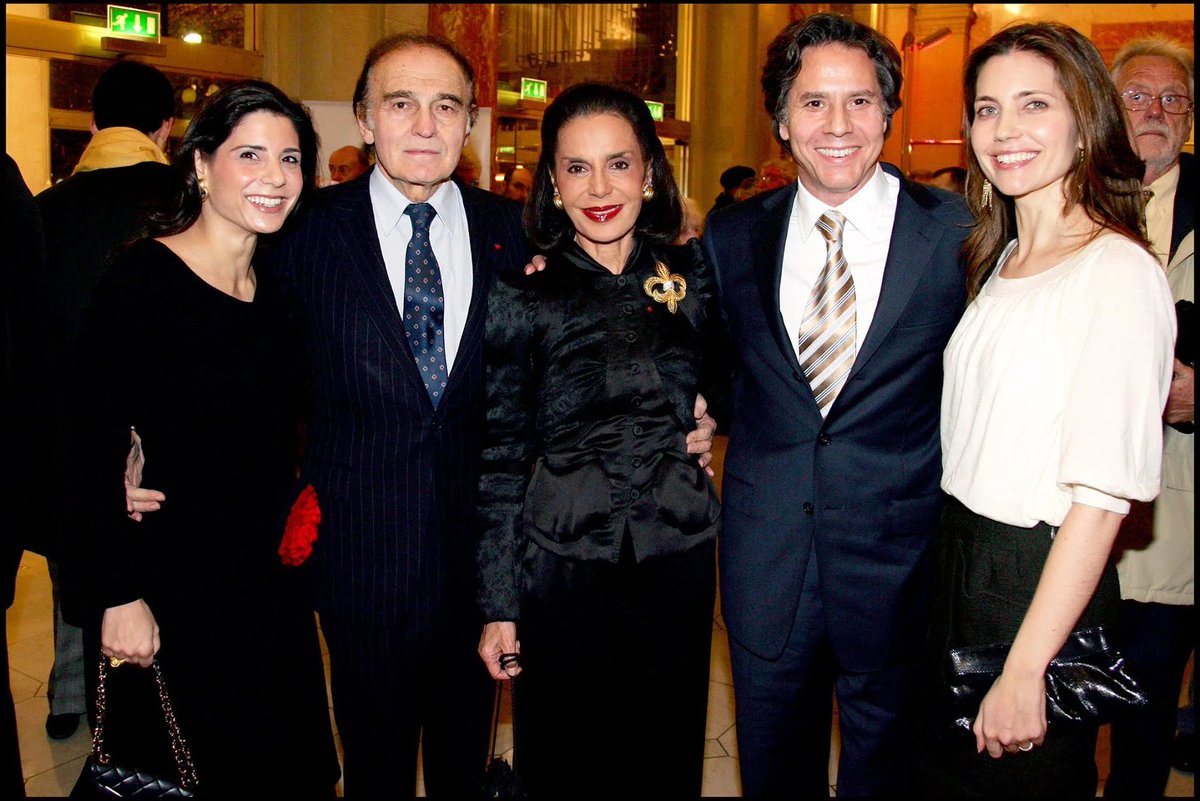



Benjamin Netanyahu, with whom he formed a friendship that has lasted for more than 40 years.[66]
In 1977, he was hired by Bain & Company, a management consulting firm in Boston formed a few years earlier by Bill Bain and several other ex-BCG employees.



In 1977, he was hired by Bain & Company, a management consulting firm in Boston formed a few years earlier by Bill Bain and several other ex-BCG employees.




Within months after the formation of AMC, George Mason died on October 8, 1954, at age 63 of acute pancreatitis and pneumonia in Detroit, Michigan and was buried in White Chapel Memorial Cemetery.[10] Mason's protégé, AMC Vice President George W. Romney, succeeded Mason as 







Chairman and CEO. One of Romney's first acts was to stop rumors that there were additional merger talks between AMC and Studebaker-Packard Corporation or any automakers. According to Mason's obituary in Time magazine, had AMC and Studebaker-Packard joined, it would have resulted 







in the second largest automaker in the world, behind General Motors. Following his death it was disclosed that Mason, a former president of Ducks Unlimited, had left a gift to the Michigan Department of Natural Resources consisting of 1,500 acres (6.1 km2) land with 14 







miles (23 km) of shoreline along the Au Sable River. The gift was contingent that the area be used as a permanent game preserve, that no part shall ever be sold by the state, and that no camping be allowed in the area for 25 years. The Michigan DNR has continued to uphold the no 





camping restriction within the Mason tract. Under Mason, Kelvinator quadrupled its profits and became second only to General Motors Frigidaire product line in home refrigeration sales despite the effects of the Great Depression. While not one of the most decorative, architect 







C. Howard Crane considered Olympia to be one of his most significant buildings. He noted the importance of the refrigeration system buried beneath the concrete. Within the 77,393 sq ft (7,190.0 m2) of available floor space were 74,880 ft (22,820 m) of piping. The system was 







replaced in 1967 and the final modification to the building was the addition of private boxes in 1970. Minoru Yamasaki designed the new headquarters for the Michigan Consolidated Gas Company in 1962. The Michigan Consolidated Gas Building was his first skyscraper, and he used 







elements from this design for the original World Trade Center in New York City. In December 2012, Quicken Loans founder Dan Gilbert announced that his company, Rock Ventures, had purchased the building and that Quicken Loans would occupy eight-floors in the structure.[ 







Yamasaki designed two notable synagogues during this period, North Shore Congregation Israel in Glencoe, Illinois in 1964 and Temple Beth El, in Bloomfield Hills, Michigan in 1973. He also instituted an interdenominational community Thanksgiving service and established a student 




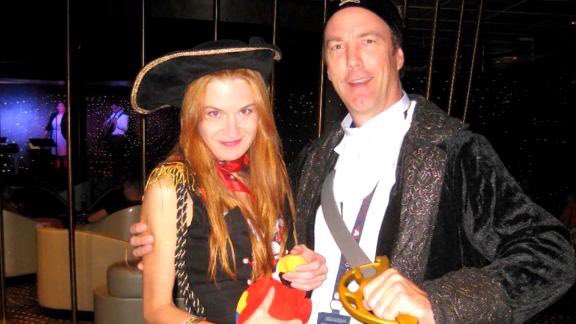


congregation (the forerunner of the Hillel Society) at the University of Michigan.[1]
Under Franklin's leadership, Temple Beth El grew rapidly. In 1902, the congregation authorized a new building on Woodward Avenue near Eliot Street. The building was designed by the young



Under Franklin's leadership, Temple Beth El grew rapidly. In 1902, the congregation authorized a new building on Woodward Avenue near Eliot Street. The building was designed by the young




(and then relatively unknown) Beth El congregant Albert Kahn.[3] Beth El used this building until 1922 when it was sold for use as a theater and remodeled by architect C. Howard Crane. 







Ornamental gate designed by Albert Kahn Architects of Detroit, as seen in 1913 In 1902, Detroit businessman Dexter M. Ferry purchased and donated 20 acres (81,000 m2) north of Regents Field for use in constructing a new athletic facility.[ 

After football moved to Michigan Stadium, Ferry Field was converted to an outdoor track and field facility and was still used for this purpose until 2018.[1] In 1935 Ohio State sprinter Jesse Owens set world records in the 220 yard dash, the 200 meter dash, the 220 yard low 

hurdles, the 200 meter low hurdles, and the long jump, and tied the world record in the 100 yard dash. The skyscraper was built by the Union Trust Company, founded in Detroit in 1890 by Senator James McMillan, and Dexter M. Ferry, along with investments from Russell A. Alger, 

Col. Frank J. Hecker, and Christian H. Buhl.[4] During World War II, the Guardian Building served as the U.S. Army Command Center for war time production.[4] The Guardian served various tenants as an office building in downtown Detroit. In 1982 it became the headquarters of 







Michigan Consolidated Gas Company ("MichCon") subsequent to the divestiture of MichCon by ANR Company in 1981 Dexter Mason Ferry (August 8, 1833 - November 10, 1907)[1] was a businessman from Detroit, Michigan who founded D.M. Ferry & Co., at one time the largest seed company in 

the world. In 1905, Ferry sold one of their large corn fields to the Burroughs Adding Machine Company. In the 1950s, Burroughs worked with the Federal Reserve Bank on the development and computer processing of magnetic ink character recognition (MICR) especially for the
processing of bank cheques. Burroughs made special MICR/OCR sorter/readers which attached to their medium systems line of computers (2700/3700/4700) and this entrenched the company in the computer side of the banking industry. Cobo opened and ran two candy stores in Detroit,
while attending night school to study business administration and accounting at the Detroit Business Institute.[1] After completing his studies, he sold his stores and went to work for Burroughs Corporation, working his way up to an executive position.[1] In 1933 during the
Great Depression, the Burroughs Adding Machine Co. lent Cobo, an accountant, to the city for six months to help it fix its troubled books.
Sometime in 1930 a drain approaching the proportions of a run began on the large banks in Detroit. In a period of about two and one-half



Sometime in 1930 a drain approaching the proportions of a run began on the large banks in Detroit. In a period of about two and one-half




years prior to February 11, 1933, about $250,000,000 was withdrawn from the First National Bank of Detroit, and large sums were also withdrawn from the Union Guardian Trust Company and the Guardian National Bank of Commerce. In order to meet these withdrawals, the First 







National Bank was compelled to liquidate practically all of its liquid and unpledged assets, and the Union Guardian Trust Company was compelled to borrow from the Reconstruction Finance Corporation (RFC) and from the Ford interests. Mr. Edsel Ford was Chairman of the Board of 







the Union Guardian Group.
The RFC was empowered to invest financial institution through their preferred stocks. Seventy percent of America's banks reopened after just six days. Jones's task as the new chair of the RFC was to reopen another 2,000 banks. He began with the



The RFC was empowered to invest financial institution through their preferred stocks. Seventy percent of America's banks reopened after just six days. Jones's task as the new chair of the RFC was to reopen another 2,000 banks. He began with the




reorganization of two of Detroit's largest banks by collaborating with Alfred P. Sloan of General Motors. They formed a new bank with matching investments from the RFC and General Motors, but more significantly, the RFC covered the deposits of the 800,000 frozen accounts from 







both failed banks with a loan of $230 million Rivera started the project by researching the facilities at the Ford River Rouge Complex. He spent three months touring all of the plants, preparing hundreds of sketches and concepts for the mural.
He spent some time at the Parke-



He spent some time at the Parke-
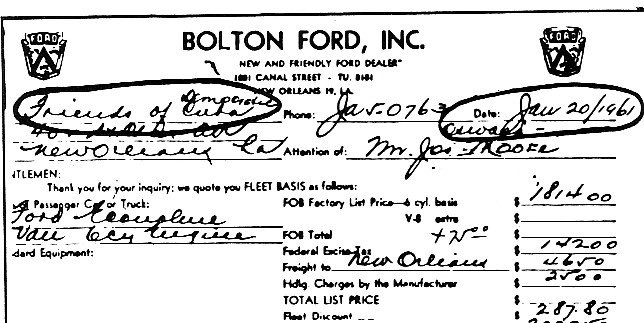



Davis pharmaceutical plant in Detroit to conduct research for his commission at the DIA. One panel on the North wall features a Christ-like child figure with golden hair reminiscent of a halo. Flanking it on the right is a horse (rather than the donkey of Christian tradition); 







on the left is an ox. Directly below are several sheep, an animal included in traditional Nativity scenes. It also represents Christ as Agnus Dei (Lamb of God). A doctor fills the role of Joseph and a nurse that of Mary; together they are administering a vaccination to the 







child. In the background three scientists, like biblical Magi, are engaged in what appears to be a research experiment. This part of the fresco is clearly a modern take on traditional images of the holy family, but some critics interpret it as parody rather than homage. 






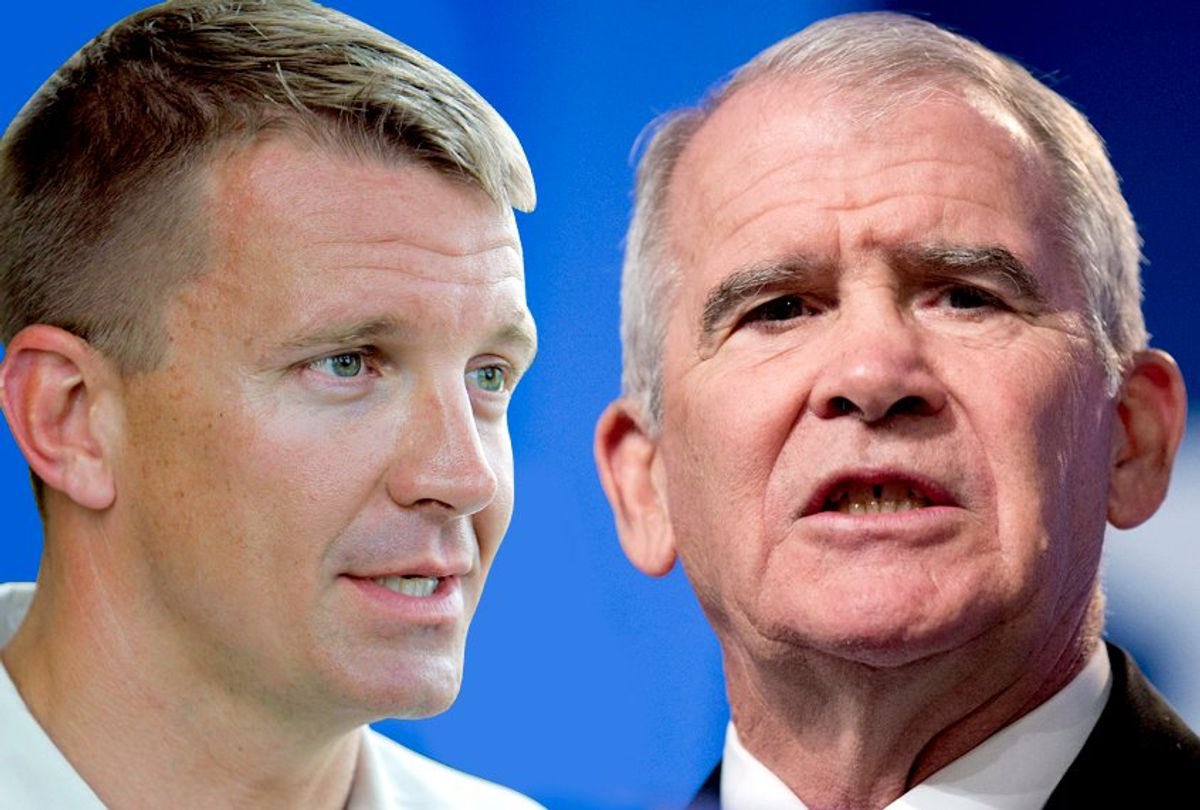
At its unveiling, this panel so offended some members of Detroit's religious community that they demanded it be destroyed, but commissioner Edsel Ford and DIA Director Wilhelm Valentiner held firm.
William Reinhold Valentiner (May 2, 1880 – September 6, 1958) was a



William Reinhold Valentiner (May 2, 1880 – September 6, 1958) was a


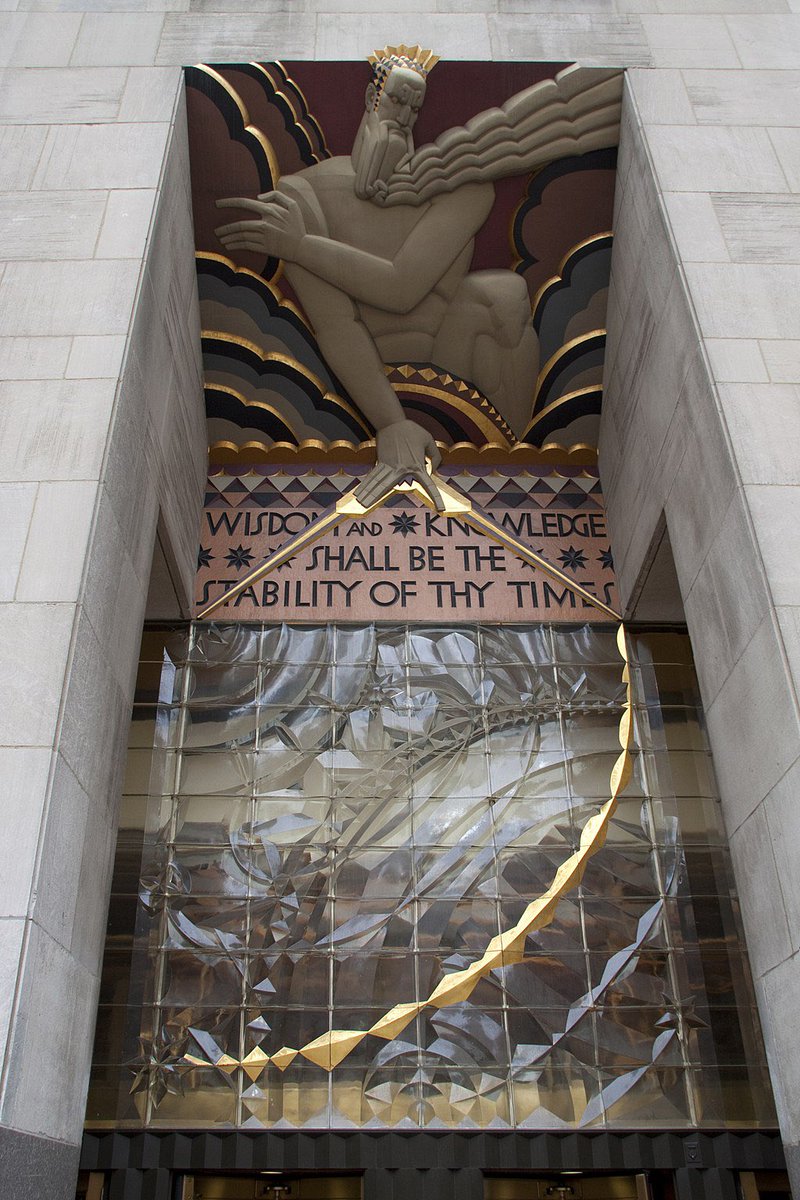

German-American art historian, art critic and museum administrator. He was educated and trained in Europe, first working at the Mauritshuis in The Hague and at museums in Berlin.
In 1907 he moved to the United States to become the first curator of the department of decorative
In 1907 he moved to the United States to become the first curator of the department of decorative
arts in the Metropolitan Museum in New York City. After returning to Europe to serve in the German Army in World War I, Valentiner later was appointed to other positions in the US. From the mid-1920s, he strongly influenced the development of museum administration in the US
He served as director of the Detroit Institute of Art in Michigan, from 1924 to 1945. Valentiner became a naturalized US citizen about 1930 and lived in the country for nearly half his life in total. During the early 1930s, he commissioned Mexican artist Diego Rivera to create 






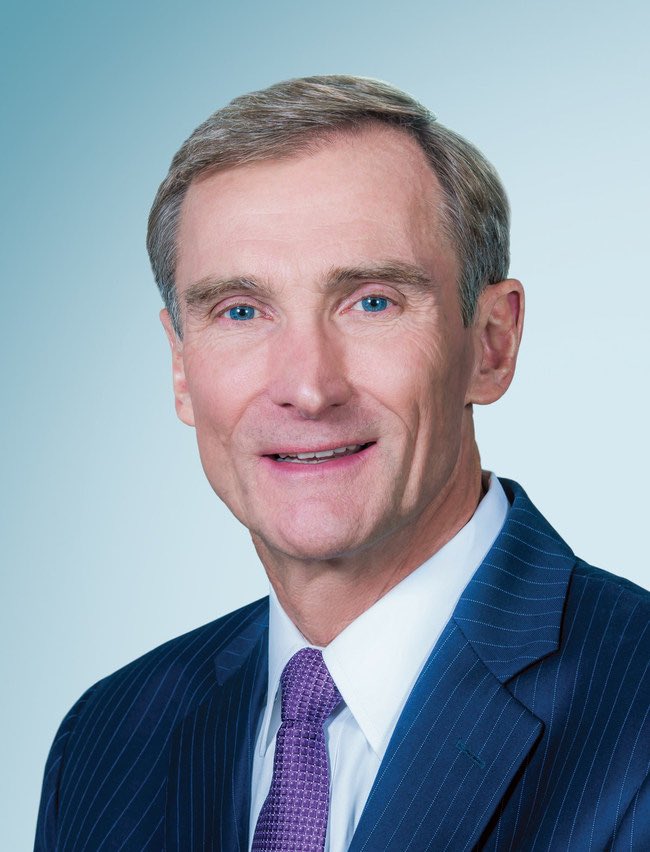
a 27-panel mural series about Detroit industry for an interior court of the museum, and gained the patronage of Edsel Ford for the project.
He was instrumental in the development of both the Los Angeles County Museum of Art and the J. Paul Getty Museum. In 1974, J. Paul Getty



He was instrumental in the development of both the Los Angeles County Museum of Art and the J. Paul Getty Museum. In 1974, J. Paul Getty




opened a museum in a re-creation of the Villa of the Papyri at Herculaneum on his property in Malibu, California.[5] In 1982, the museum became the richest in the world when it inherited US$1.2 billion.[6] In 1983, after an economic downturn in what was then West Germany, the 





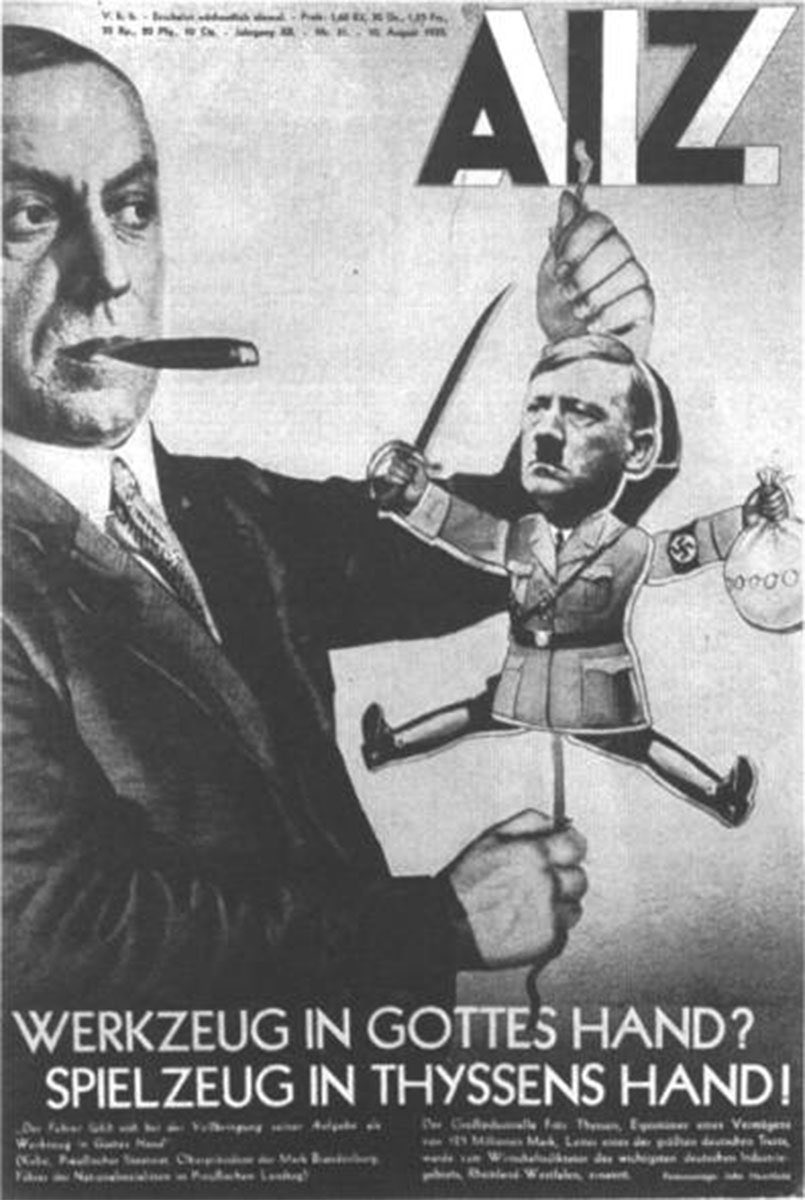

Getty Museum acquired 144 illuminated medieval manuscripts from the financially struggling Ludwig Collection in Aachen; John Russell, writing in The New York Times, said of the collection, "One of the finest holdings of its kind ever assembled, it is quite certainly the most 







important that was in private hands."
The primary evidence in the case came from the 1995 raid of a Geneva, Switzerland, warehouse which had contained a fortune in stolen artifacts. Italian art dealer Giacomo Medici was arrested in 1997; his operation was thought to be "one of



The primary evidence in the case came from the 1995 raid of a Geneva, Switzerland, warehouse which had contained a fortune in stolen artifacts. Italian art dealer Giacomo Medici was arrested in 1997; his operation was thought to be "one of




the largest and most sophisticated antiquities networks in the world, responsible for illegally digging up and spiriting away thousands of top-drawer pieces and passing them on to the most elite end of the international art market".[11] In 2005 True was forced to tender her 






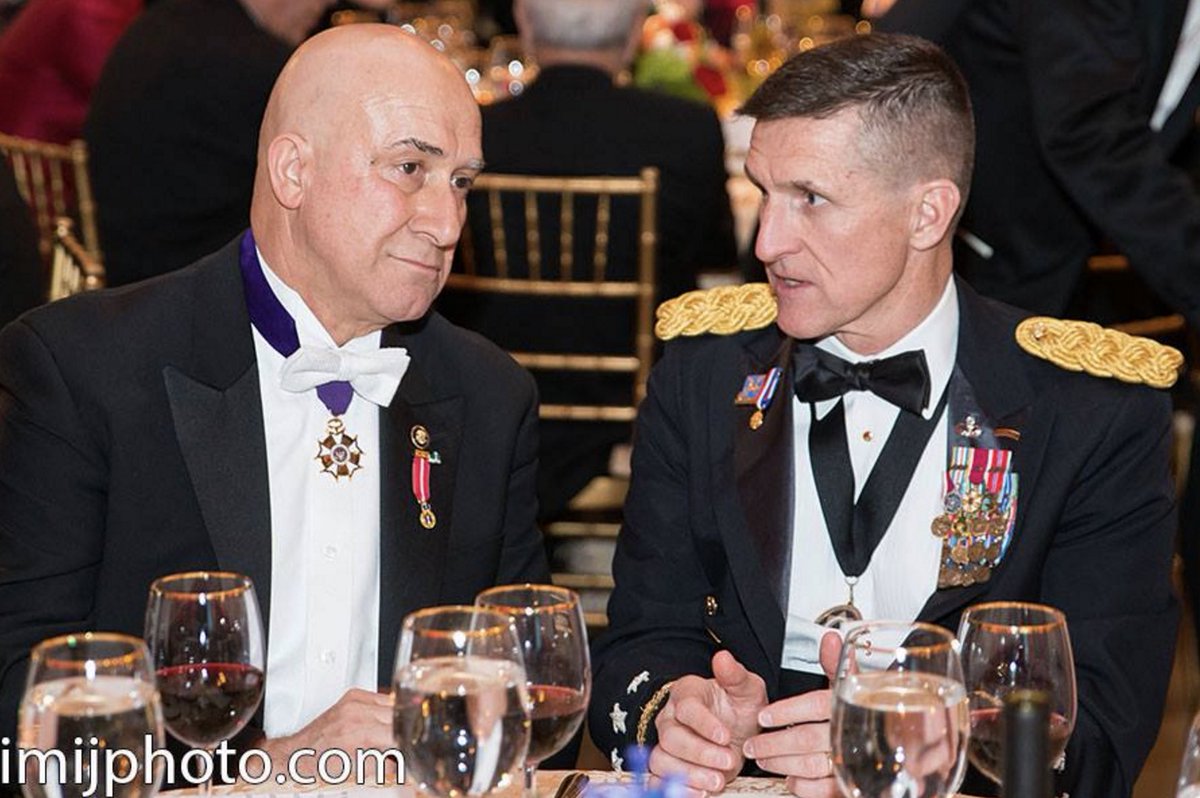
resignation by the Board of Trustees, which announced her early retirement. Italy allowed the statute of limitations of the charges filed against her to expire in October 2010.[12]
In a letter to the J. Paul Getty Trust on December 18, 2006, True stated that she was being made



In a letter to the J. Paul Getty Trust on December 18, 2006, True stated that she was being made


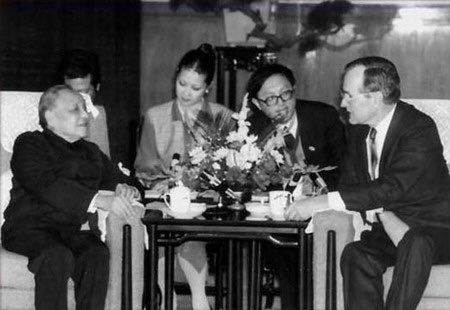

to "carry the burden" for practices which were known, approved, and condoned by the Getty's Board of Directors.
In 1957, Fortune estimated that Hunt had a fortune of $400-700 million,[4] and was one of the eight richest people in the United States. J. Paul Getty, who was considered to be the richest private citizen in the world, said of Hunt, "In terms of extraordinary, independent 

wealth, there is only one man—H. L. Hunt."His youngest son, Ray Lee, ultimately inherited the business and was a major supporter of President George W. Bush.
• • •
Missing some Tweet in this thread? You can try to
force a refresh











